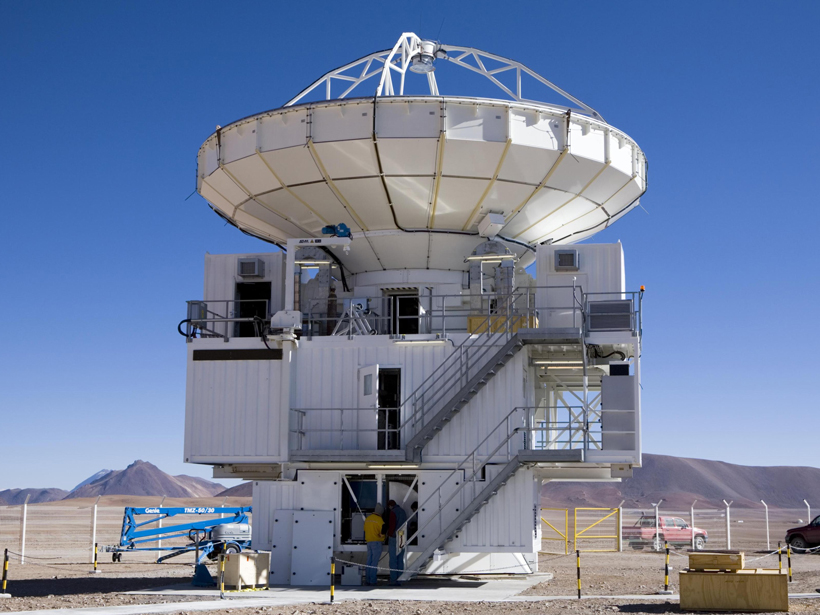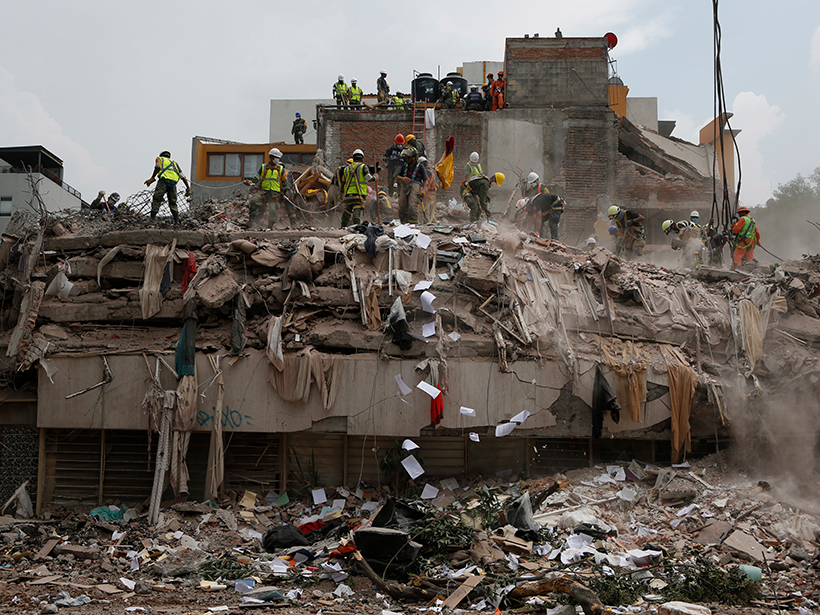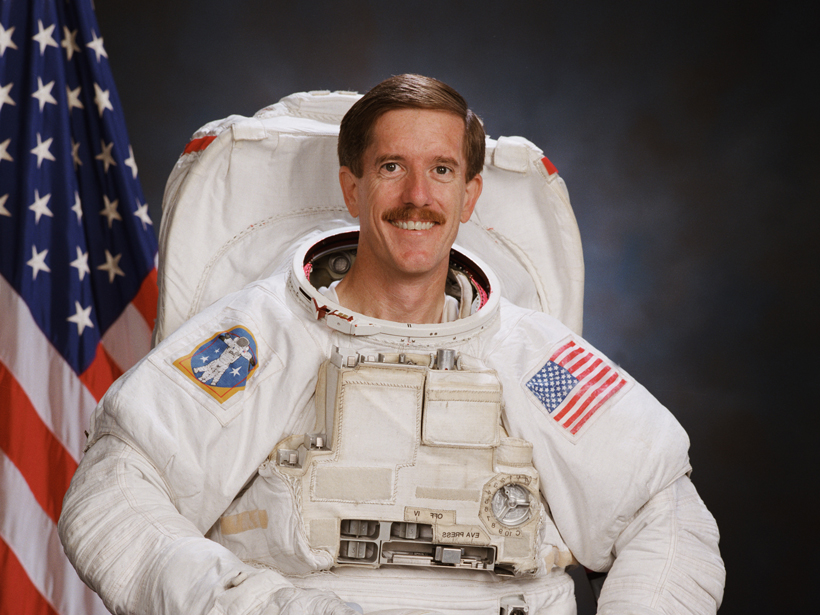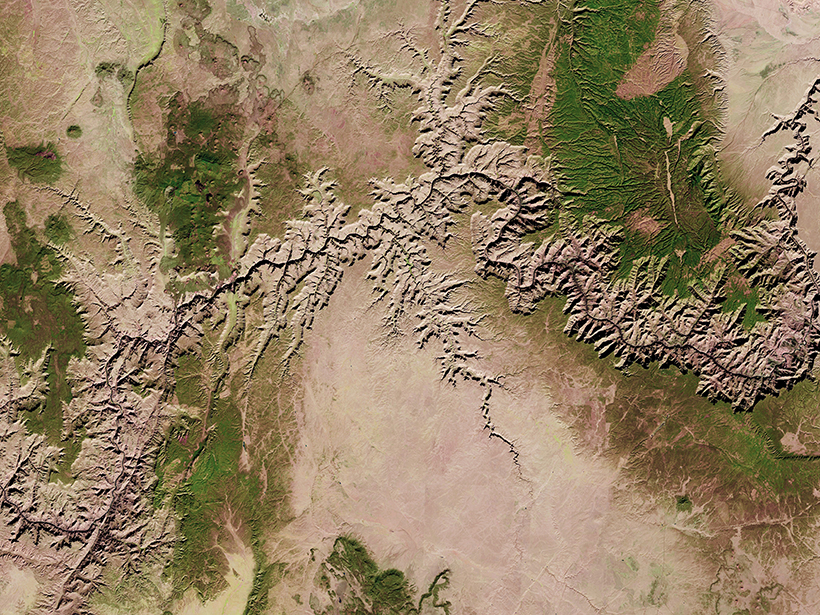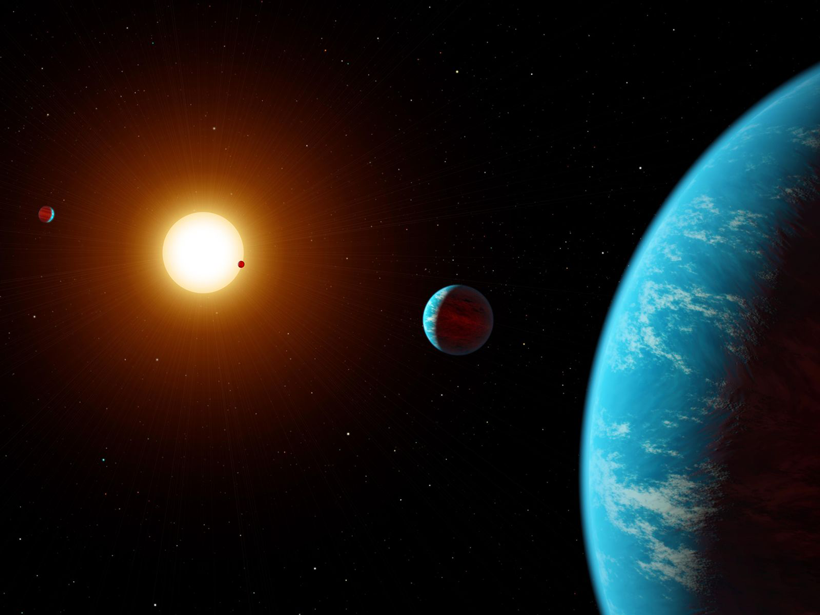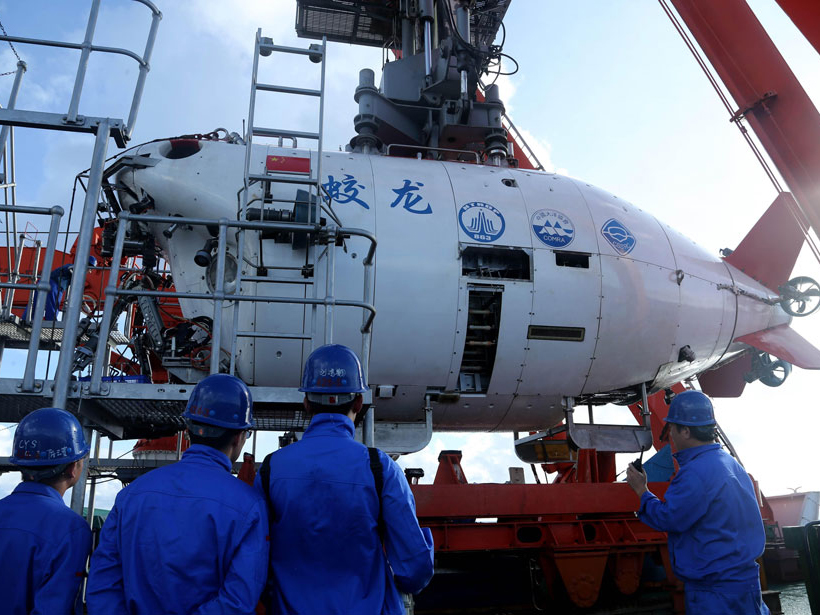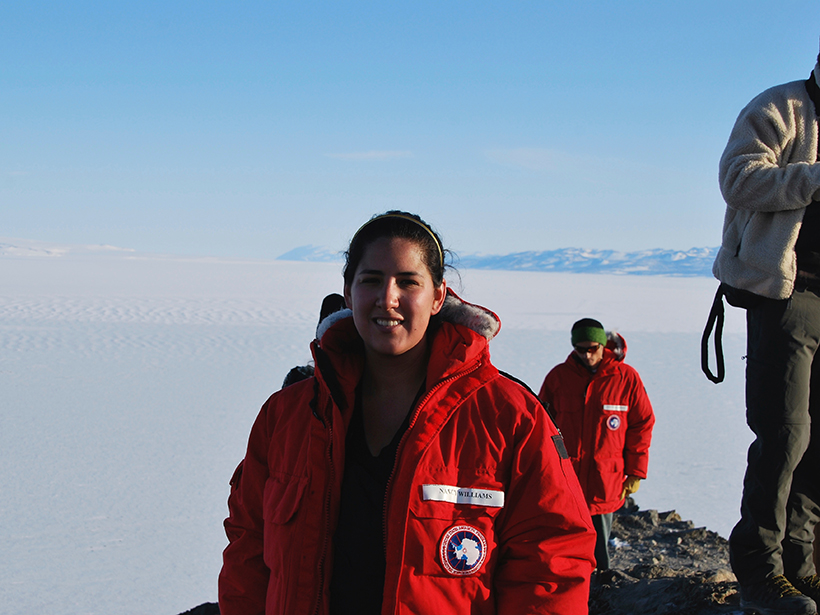Astrophysicists are using a global atmospheric model to help them coordinate a multicontinent, radio-frequency observing campaign to gaze at the black hole at the center of the Milky Way.
News
Trump’s Address to Congress Largely Ignores Science
Speech touts ending “the war on coal” but makes no reference to climate change.
Were Mexico’s September Quakes Chance or a Chain Reaction?
Last year, two major earthquakes—one 12 days after the first—shook Mexico. New analysis blames this very unlikely event on chance. But one of the pair may have triggered a third large nearby temblor.
White House Announces Choice to Head U.S. Geological Survey
Observers said the nominee appears to have strong credentials but voiced uncertainty about his management qualifications and noted the challenge of maintaining the agency’s strengths.
Report Recommends Priorities for Earth Observations from Space
The new strategic plan, which builds on earlier road maps for observing the planet, identifies top targets for satellite scrutiny for the next decade.
Looking to the Future of Exoplanet Science
Upcoming missions seeking to unravel the secrets of exoplanets abound. An informal survey of astronomers revealed which of those projects they most eagerly await.
China Catching Up to United States in Research and Development
China recently overtook the European Union in spending on basic and applied research in science and engineering.
Global Average Temperatures in 2017 Continued Upward Trend
Even when the warming from El Niño is removed, 2017 ranks among the hottest years on record.
Prestigious Climate-Related Fellowships Rescinded
Reduced program is one of several that usually support climate science postdoctoral research but have eliminated or suspended funding opportunities.
Climate Change Is National Security Risk, Congress Members Warn
The Trump administration’s recently released National Security Strategy differs sharply from Obama’s strategy, which identified climate change as a top strategic risk to the country.

